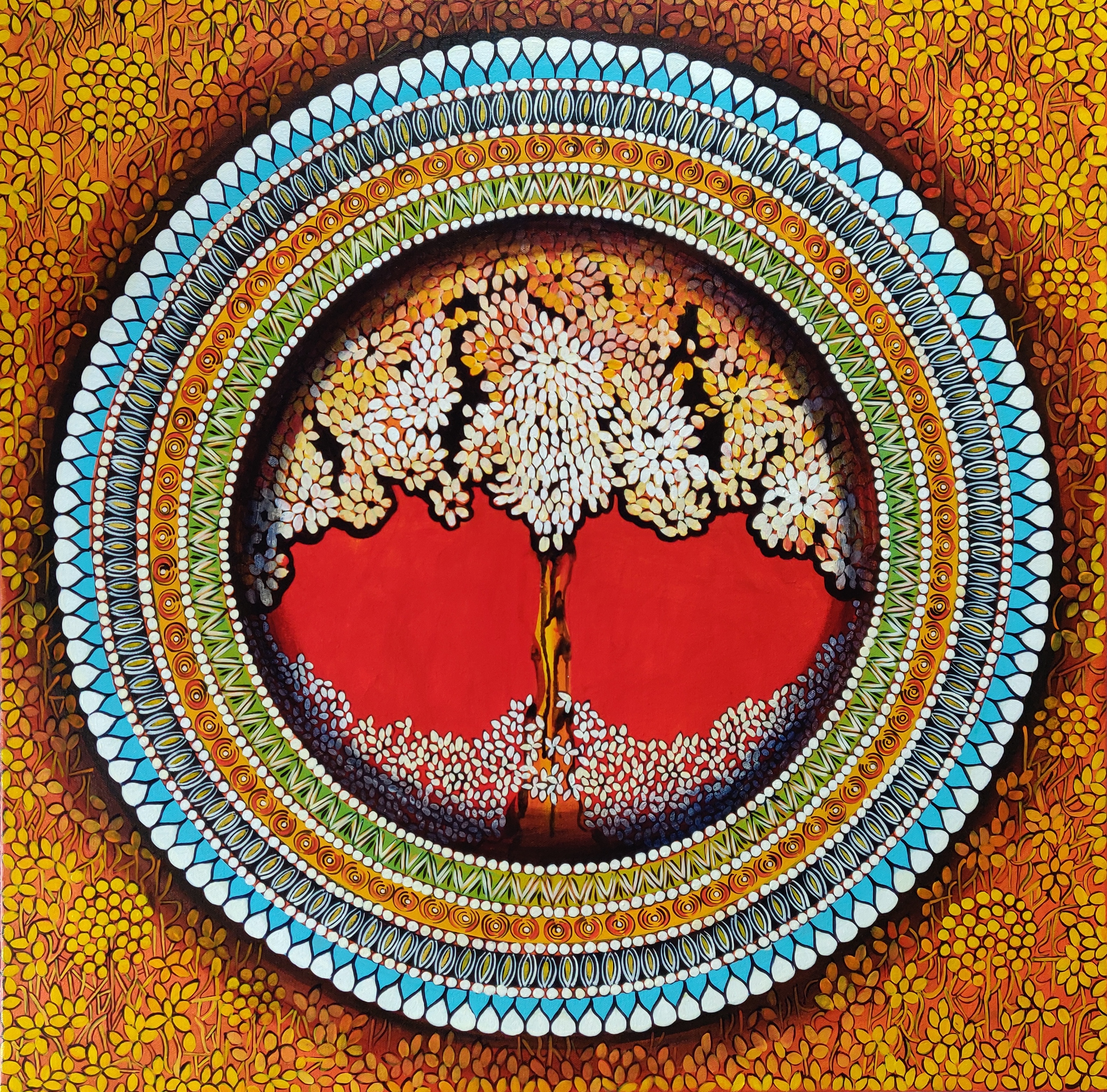Imagination at its best is creativity and at its worst is anxiety, gloom, and depression. Artists are blessed with an excellent imagination that inspires them to create art that doesn’t just express but provokes. Whether it is contemporary art or a timeless artwork by Vincent Van Gogh, you can witness the artist’s raw imagination that evokes an emotion and not just please the eyes.
This crazily wild imagination often gets the best of even the most gifted artist, pushing him into an unending hollow of despondency. This is really common for artists and back in the days when treatment for mental illness wasn’t as effective as it is today, artists often succumbed to their death. Today, mental illness is no more a stigma and the advancements in neuroscience have been extremely helpful in discovering treatments that target the exact cause of mental ailments.

However, in the past artists with their eccentric nature, lack of social contact, and absence of required care and treatment; suffered until death liberated their souls from their bodies. Let’s get to know about some of the artistic prodigies, who suffered from severe mental illness and how they created some of the most striking artworks with all the gloom that they carried.
Edward Munch
The first time I saw ‘The Scream by Edward Munch’ while carelessly scrolling through an article on art, I actually stopped for a while. It was just an image of the original painting but I felt like how harrowing the inspiration behind this painting must be.
Without any doubt, the Norwegian artist’s creativity and skills are on point and his imagination can give a run for the money to even the most celebrated contemporary art of today. However, the fact that there is someone actually screaming in the painting and those disturbing strokes of blended waves are disturbing.
With a family history of untreatable ailments like tuberculosis that consumed his own mother’s life when he was quite young and mental illness like schizophrenia, Munch in 1908 suffered from a mental breakdown. It was basically aggravated due to his chronic alcoholism and he was soon taking treatment at a mental health clinic.
Diagnosed with neurasthenia, munch once wrote “sickness, madness, and death were the black angels that guarded my crib.” He was suffering from hypochondria, which is excessive anxiety and hysteria or uncontrolled emotions and sudden outbursts. This was the reason why most of his artworks projected despair and agony, which was a mirror image of his state of mind.
Louis Wain
Born in 1860, Louis Wain was an English illustrator known for his acclaimed artworks of anthropomorphic or human-like cats. Big-eyed cats in his paintings were presented in social situations like dating and games. Most of his artworks were created to amuse his wife, who he, unfortunately, lost to cancer soon after their wedding.
The loss triggered depression that Wain suffered from throughout his life and at the age of 57, he was diagnosed to have schizophrenia. His behavior was excessively aggressive and he spent the last 15 years of his life getting treatments in psychiatric institutions.
Displaying a striking difference from his initial artworks that he created for his wife, the paintings he created in his unstable mental condition were more geometric and colorful. The cats and their eye appeared more anxious and aggressive than the bright and smiling cats of his initial artworks. These psychedelic kittens were mostly created in the Napsbury Hospital, where Wain died.
Francisco De Goya
The Spanish painter lost his hearing ability at 46 due to some unknown medical condition. Losing his ability to hear and being confined to bedrest triggered mental disorders in Francisco De Goya that hugely affected his artwork.
Some of the modern researchers claim that Goya suffered from Susac Syndrome that doesn’t just cause hearing and vision loss but also brain damage. The delirium and hallucinations propelled the artist’s imagination to paint human sufferings.
The Napoleonic Wars that were plaguing the society at that time also became an inspiration behind his gory yet striking artworks. Displaying melancholy and suffering, his paintings revealed his internal state as well as the external social adversities.
The greater the suffering, the bigger the success; irrespective of the fact that these artists suffered horribly, their artworks are still inspiring young artists. You may have a hard time understanding their work, which somehow is similar to Indian contemporary art, indecipherable yet appealing. These creations speak their own language, tell a story that these artists couldn’t tell anyone while they were alive.


